Your dog rolls onto their back. There’s nothing unusual about that. As you rub along their belly (or take a peek), you notice little bumps marching in two rows down their tummy. Maybe this is the first time you’ve really looked at your dog’s abdomen. Or (if you have a fluffy dog), this could be the first time you’ve felt those bumps. You’re pretty sure you know what they are, but now you’re finding yourself with questions. Nipples on dogs often prompt people to wonder about things. And while the topic may embarrass people, you don’t have to blush. We’re going to explain everything to you.
Nipples on Dogs: How Many?
It’s normal to find nipples on dogs – females AND males. They start (typically) in the groin and march up the stomach in two parallel rows. Obviously, it’s easier to see them in dogs with short hair coats (or on hairless dog breeds). However, if you rub your hand through your dog’s fur, you’ll feel the bumps down in the fluff. Unless you have a pregnant female, the mammary glands lay flat against the abdomen. So nipples on dogs are the only part of the mammary chain that protrudes.
You see anywhere from 8-10 nipples on dogs, depending on the breed. “Most dogs are symmetrical, meaning they have an even number of nipples on both sides. Sometimes there are an odd number of nipples, though,” says Dr. Nataya Chayasriwong from Yuba Sutter SPCA. Why that many? Well, dogs have large litters. To feed all of those puppies, the mother needs to have enough nipples for everyone.
Nipple count in mammals reflects the number of young the mother can produce. Cats, like dogs, have 6-10 nipples; they also have large litters. Horses have two nipples, and they produce 1-2 foals (at the maximum). Does that mean nipples on dogs will predict a litter’s size? Not quite. It’s just genetic coding that prepares the mother for a possibility. You’ll still need to go to the vet when your mother dog is pregnant to get an accurate count.
Nipples on Dogs: How Do They Work?
If you have a male dog or spayed female, those nipples are decorative. They’re not going to function. Mammary tissue requires a hormone loop in order to produce milk.
How? Well, there are nerve endings in a nipple. When a puppy begins suckling, those nerves send signals to the pituitary gland in the mother’s brain. The pituitary gland then steps up hormone production of prolactin and oxytocin. Prolactin is a hormone that utilizes nutrients in the mother’s blood to convert them into milk. (This is why it’s important to provide a lactating mother with extra nutrition) Oxytocin causes the nipples to contract and release the milk. The calmer a mother dog is, the easier this process works. So mothers always need a quiet location to nurse their puppies.
During heat cycles, nipples on dogs swell as a result of the increased hormones. Again, you won’t see the result if your dog’s spayed. (And males don’t go into heat)
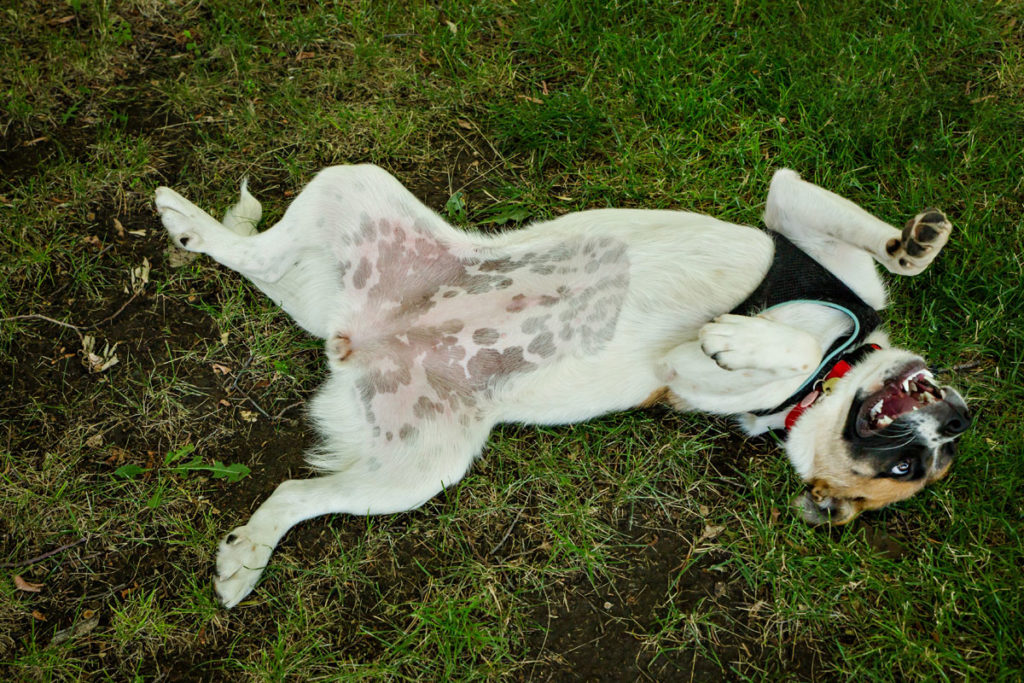
When Nipples on Dogs Cause Problems
Nipples on dogs are normal. Yes, even on the boys. But they can lead to problems. And you may not realize some of them!
Tick or Nipple?
Dog owners – especially male dog owners – like to confuse nipples on dogs for ticks. After all, why would a male dog have nipples? But it doesn’t matter whether you have a boy or girl – they’re going to have those two rows of nipples down their tummy. However, when you live in an area known for ticks, you start to panic. How are you supposed to figure out which is which?
First, take a close look at that bump. If you need to shave the hair around the area to help, do so. Look and see if you notice any legs. Nipples don’t have legs (EVER). If you can spot legs around that bump, then you have a tick, and it’s okay to break out those tick tweezers. You’ll also see a difference between a bump that attaches seamlessly to the skin and one that’s embedded. Nipples on dog don’t embed – they belong there. But ticks sink their heads into the skin. Finally, scout the other nipples. Do they all look the same? Then odds are you don’t have two rows of symmetrical ticks. (Ticks lack the ability to exhibit that behavior)
You don’t want to pull on a nipple with tweezers. They have nerves (even if they’re not on a pregnant female) AND a blood supply. You could end up injuring your dog. If you’re ever NOT sure, make an appointment with the vet before you attempt any removals.
Mastitis
Nipples on dogs should NEVER get hot to the touch or produce yellowish-green discharge. If you see these kinds of symptoms – especially in a pregnant female – your dog may have a case of mastitis. Mastitis is an infection in the mammary gland. Bacteria get trapped in the gland itself, and it’s very uncomfortable. This can happen from:
- Feeding puppies
- Dirty living conditions
- Another infection
There’s no other choice: you need to see the vet. They’ll prescribe a course of antibiotics to deal with the infection. You may also be offered a choice of placing warm compresses on the affected area to help draw out the infection. And if you have a mommy dog, you’ll have to stop the puppies from suckling. (You don’t want them to end up sick)
Breast Cancer
Mammary cancer – or breast cancer – is a possibility. As with humans, you’re looking for unusual bumps or lumps or changes to the nipples on dogs. If you think ANYTHING’S strange, call up your vet. Unspayed females have the most risk, which is one reason you should ALWAYS spay your dog as early as possible. Unfortunately, even male dogs have the possibility of contracting breast cancer. It’s rare, but the risk is out there. It’s why you should pay attention to any strange lumps you feel.
Treatment varies depending on the severity of the case. Sometimes doctors perform surgery. Other times they opt for medication. You’ll end up putting a plan together with your veterinarian once they know the full extent of the cancer and how far it’s spread throughout your dog’s body.
Tackling Uncomfortable Questions
Not everyone feels comfortable asking about nipples on dogs. But since every dog out there has them, it’s understandable to be curious. They may not be functional on every pup, but they’re under the fur. And they CAN cause problems, so you must keep an eye on things – even if you don’t have a mommy dog on your hands.
So make sure you’re administering those belly rubs. They could be life-saving!



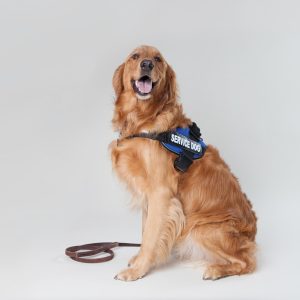



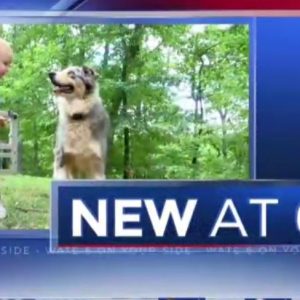
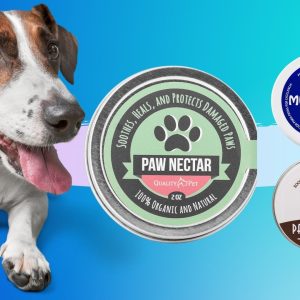

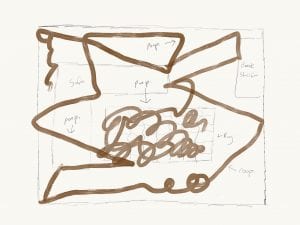


No comment yet, add your voice below!